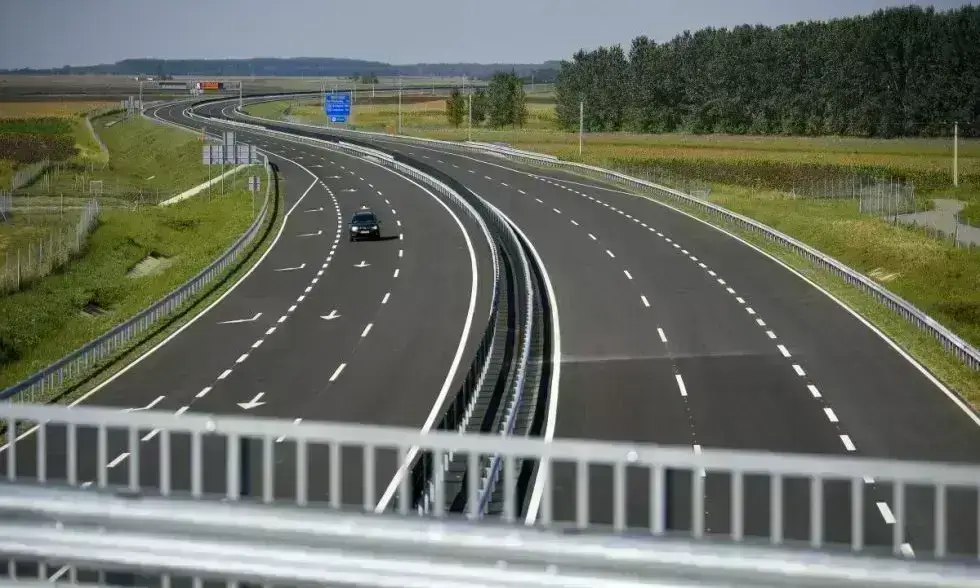In Bulgaria, as in many other countries, purchasing an e-vignette is required for driving on highways and most first-class roads at the moment of entry. Bulgarian e-vignettes can be obtained for a year, three months, one month, and one week. A separate e-vignette can also be purchased for the weekend. Bulgaria introduced the electronic e-vignette system and road tolls in 2019, eliminating the need to stick a vignette or display a certificate on the vehicle's windshield.
The toll control system is based on modern technologies that allow convenient payment and control methods while not disrupting the free movement of vehicles.
Discounts are also available for Bulgarian e-vignettes. For example, individuals with a disability certificate of 50% or higher, and individuals and families raising a permanently disabled child until the age of 18 or until secondary education, do not need to purchase an e-vignette. They can apply for a free one-year electronic vignette at no cost.
In Bulgaria, there is a mandatory e-vignette purchase law in effect, which requires a vignette to be purchased for vehicles with a gross weight of up to 3.5 tons. These include vehicles with at least four wheels intended for passenger transport, vehicles with at least four wheels intended for cargo transport, and off-road vehicles.
Vehicles designed for semi-trailers are classified as those with more than two axles, intended for cargo transport, regardless of the number of axles, and whether a semi-trailer is attached. If using a trailer on highways, where the permissible gross weight exceeds 3.5 tons, the e-vignette fee according to the Bulgarian tariff must be paid for the trailer belonging to the same vehicle category.
The toll sections in Bulgaria include the A1 Trakia highway from Sofia to Burgas, the A2 Hemus highway from Sofia to Varna, the A3 Struma highway from Sofia to Kulata, Promachonas (Greece border), the A4 Maritsa highway from Plovdiv to Svilengrad (Turkey and Greece borders), the A5 Cherno More highway from Varna to Burgas, the A6 Lyulin highway from Sofia to Daskalovo-Struma, the E70 highway from Chumen to Varna, the E79 highway from Botevgrad to Sofia, and the E80 highway from Sofia to Plovdiv-Orizovo.
The A1 highway is approximately 360 km long. It connects Sofia with Plovdiv, Burgas, and the Black Sea resorts, primarily Sunny Beach, causing traffic to increase significantly during the summer. The highway connects to Sofia's ring road, from which the A2 highway leads towards Varna, and the A3 highway provides a direct expressway connection to Greece. The A2 highway is 433 km long and includes a valley bridge over the Hemus, above Stolnik and Eleshnitsa. The A3 highway is part of the European trade route extending from Miskolc in Hungary all the way to Thessaloniki. Its total length is 172 km. The A4, also known as the Maritsa highway, is a four-lane road, 117 km long. The planned length of the A5 highway is 103 km. The A6 highway is only 19 kilometers long and runs from Sofia to Pernik.
The so-called first-class road toll sections in Bulgaria include the E70 from Ruse to Chumen, E79 from Vidin to Botevgrad, E79 Sofia-Ring, E80 Serbia-Kalotina-Sofia, E80 Orezovo-Haskovo-Svilengrad-Kapitan Andreevo-Turkey, E83 Byala-Pleven-Botevgrad, E85 Ruse-Byala-Veliko Tarnovo-Stara Zagora-Haskovo, E85 Svilengrad-Greece, E87 Romania-Shabla-Varna-Burgas-Malko Tarnovo-Turkey, E772 Yablanitsa-Veliko Tarnovo-Chumen, E772 Popovitsa-Stara Zagora-Sliven-Burgas.
When purchasing an electronic Bulgarian e-vignette or route card online or via a terminal, the vehicle's license plate number must be provided in both Latin and Cyrillic if it is registered in such a manner. If the registration number contains hyphens, dots, or spaces, there is no need to include them.
When purchasing an electronic Bulgarian e-vignette, the driver, operator, or owner of the vehicle is responsible for entering accurate information. If the vehicle’s license plate details, category, or vignette duration are incorrect, it is considered as data misrepresentation, and it will be considered that the Bulgarian e-vignette has not been purchased for the vehicle. Like in any country, this can lead to fines being sent to the address associated with the license plate, anywhere in the world.
The official Bulgarian e-vignette can be purchased here in the shop.









